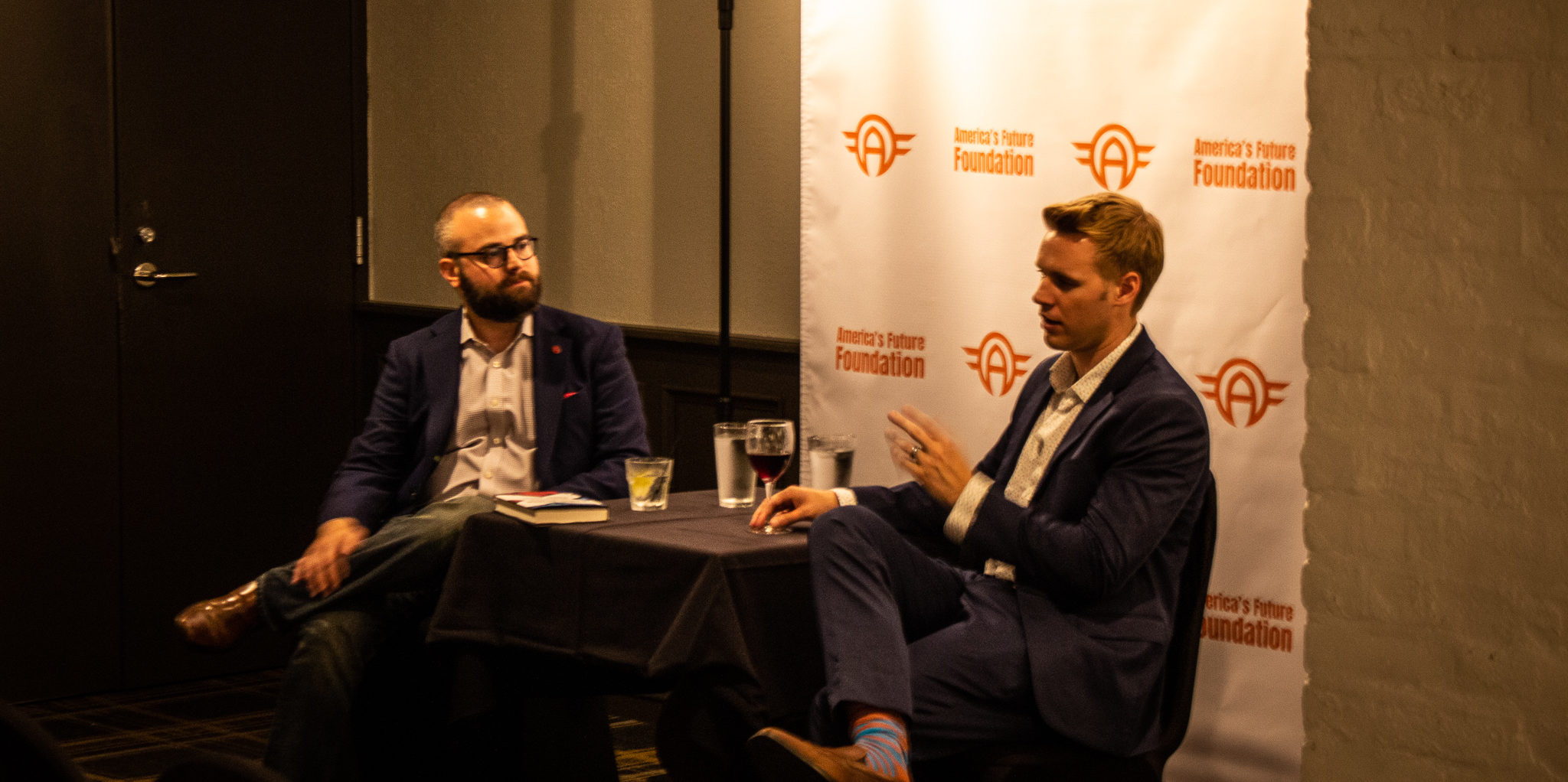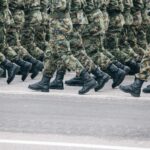Saving College Campuses from Themselves
Robby Soave recognized that something was different on college campuses early on.
Soave first came to fame, and perhaps infamy in some quarters, for his dogged reporting on the 2014 University of Virginia gang rape story in Rolling Stone. At a time when many across the internet and the media embraced the story unquestioningly as an example of the pervasiveness of rape culture on the modern college campus, Soave looked closely at the details. He saw strings to pull, so he pulled them.
And it all unraveled.
In Panic Attack: Young Radicals in the Age of Trump, Soave brings the same sense of journalistic integrity and intrepid reporting to radical political movements on the modern college campus that he brought to the Rolling Stone case. Rather than just theorize on the happenings on college campuses, Soave visited them and talked with radical young students on the left and the right. The result is a well-informed, well-reported examination of the radical left on campus, the reactionary radical right emboldened by the mutual escalation of radical politics, and how that campus ethos is informing young people now entering the workforce and the (allegedly) real world.
Soave visited the Chicago Chapter of America’s Future Foundation on August 17 to discuss the book.
The radical political culture of the left on campus is best understood through two lenses: a culture of safety and the importance of intersectionality. According to Soave, creating an environment of safety is of pinnacle importance to the campus left activist. Speakers like Charles Murray or Ben Shapiro shouldn’t be shut down from speaking on a campus just because they are wrong in the eyes of these students, but instead because what they say may make people feel threatened and unsafe.

Robby Soave (right) speaks with AF-Chicago on August 17.
And as for who gets to decide what can and cannot be said and by whom, intersectionality is the ultimate arbiter. What started as a sociological mechanism for understanding varying degrees of oppression a person might face (e.g., a black woman would face the oppression of racism and sexism, while a black man would only face the racism) it has instead become, in effect, a pseudo-meritocratic system with the people able to check off the most different classes of potential oppression at the top.
Soave stressed that this new radical campus left isn’t large in number, but that they exert an outsized influence on the campus environment, as even administrators tread on eggshells lest they find themselves on the business end of a sit-in or a viral video dressing them down for their alleged misdeeds.
Not to be left out, the campus right gets in on the chaos, too. Speakers like Milo Yiannopoulos receive invitations to speak on college campuses, not because they have much of anything interesting to say, but instead because it maximizes the likelihood that the campus left will show up, kick and scream, and shut the event down. That spectacle is then parlayed into air time on Fox News and talk radio, talking about how their rights are being oppressed.
The organizing ethos isn’t the advancement of conservative ideology, free markets, or even Republican policy positions. It’s all done to “own the libs.” (Though, if we’re to take the student debt crisis seriously, perhaps it would be more prudent for these young campus right activists to rent the libs, at least to start.)
Soave begins the book with a quote from the song “Burn the Witch” from the band Radiohead:
This is a round up
This is a low-flying panic attack
So it is on the college campus these days, not caused by, but clearly amplified by, the age of Trump. The question is now, what can be done about it?
Soave acknowledges that it’s no easier a problem to solve than the greater political, civic, and societal crises facing the country at large. But while his recommendation of a renewed commitment to the liberal principle of free speech is simple, it is also critical. How, if not through speech, are we to hash out these differences? Follow the current illiberal rabbit hole as far down as it goes and it ends in violence. We should encourage tools like free speech as best we can to avoid a possible violent end.




